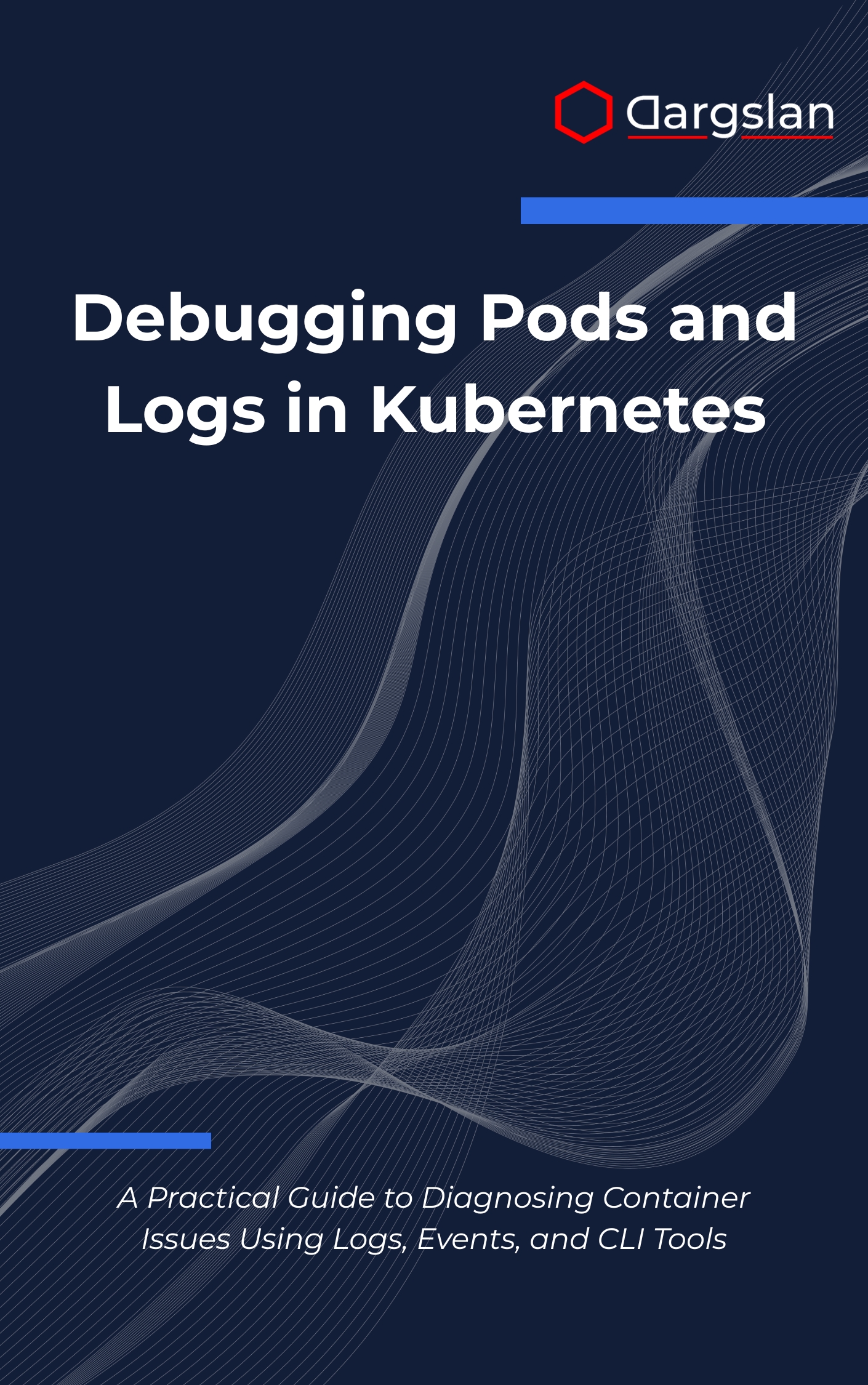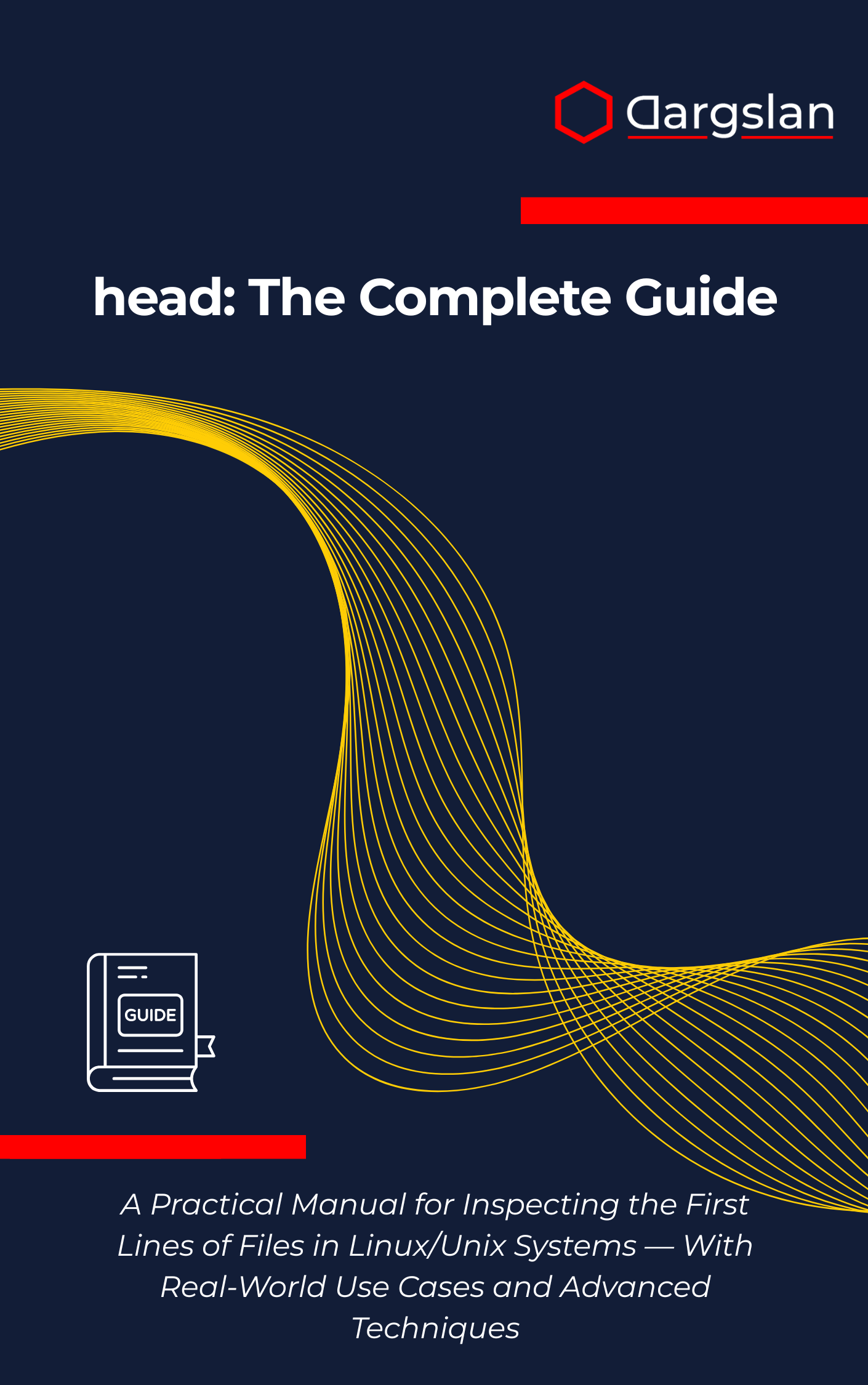Debugging Pods and Logs in Kubernetes
Debugging Pods and Logs in Kubernetes,Diagnose and fix Kubernetes pod issues using logs and events.

Kubernetes failures rarely announce themselves politely. One minute your deployment is green, the next you’re chasing CrashLoopBackOffs, timeouts, or mysterious permission errors across nodes and namespaces.
This book shows you how to turn that chaos into clarity. You’ll learn to move from symptoms to root cause fast using a repeatable, production-grade approach centered on logs, events, and the kubectl toolkit.
A Practical Guide to Diagnosing Container Issues Using Logs, Events, and CLI Tools
Overview
Debugging Pods and Logs in Kubernetes is the definitive IT book and programming guide for practitioners who need a reliable, field-tested method to find and fix problems in containerized environments. As a technical book grounded in real clusters, it delivers a step-by-step path from first signal to verified fix, blending A Practical Guide to Diagnosing Container Issues Using Logs, Events, and CLI Tools with hands-on workflows you can adopt immediately. Topics include pod lifecycle debugging, kubectl command mastery, log analysis and aggregation, container state troubleshooting, Kubernetes events interpretation, multi-container debugging, init container troubleshooting, sidecar container debugging, ephemeral debug containers, observability best practices, production debugging workflows, log monitoring strategies, real-time log streaming, centralized logging systems, and systematic debugging methodologies.
Who This Book Is For
- DevOps engineers and SREs who want to cut mean time to resolution with crisp playbooks, faster triage, and consistent incident response across services and teams.
- Application developers aiming to unblock themselves by reading logs effectively, reproducing issues locally, and validating fixes confidently before they reach production.
- Platform engineers and team leads ready to standardize logging, events, and kubectl-based diagnostics, empowering the organization with durable, repeatable practices.
Key Lessons and Takeaways
- Master the core workflow: combine kubectl describe, kubectl logs, and kubectl exec with events to quickly classify failures as configuration, image, network, or runtime issues. You’ll learn to isolate CrashLoopBackOff causes, pinpoint failing readiness probes, and verify fixes without guesswork.
- Build resilient log pipelines and practices that scale. From real-time log streaming to centralized logging systems, you’ll see how to structure log fields, add request correlation, and aggregate sidecar, init, and application logs for precise, cross-service investigations.
- Apply systematic debugging methodologies for complex scenarios. Use ephemeral debug containers, targeted label selectors, and node-level inspection to troubleshoot multi-container pods, sidecars, and init containers while capturing evidence for postmortems and future playbooks.
Why You’ll Love This Book
It’s practical, clear, and immediately usable. You get step-by-step guidance, annotated command outputs, and just enough theory to explain why an approach works without slowing you down. Real-world examples and production outages are translated into actionable patterns you can reuse under pressure.
Each chapter builds on the previous one, so your skills compound. Reference sheets, YAML snippets, and setup guides help you operationalize what you learn across teams and environments.
How to Get the Most Out of It
- Follow the recommended flow: start with pod lifecycle states and events, then move through logs, exec-based diagnostics, and multi-container cases before tackling distributed scenarios. Use a local cluster (kind or Minikube) to practice the commands as you read.
- Apply techniques in your actual environment. Create kubectl aliases, practice -o wide and -w flags, use label selectors to narrow scope, and document a baseline checklist for every new incident. Capture pre- and post-fix outputs to strengthen your runbooks.
- Tackle mini-projects to cement skills: deliberately break an init container and recover it, add a sidecar log collector and verify ingestion, simulate ImagePullBackOff and resolve with imagePullSecrets, and attach an ephemeral debug container to inspect a live pod’s filesystem and network.
Get Your Copy
Make your Kubernetes debugging faster, calmer, and more reliable. Build habits and tooling that shorten outages, boost confidence, and scale across teams.




